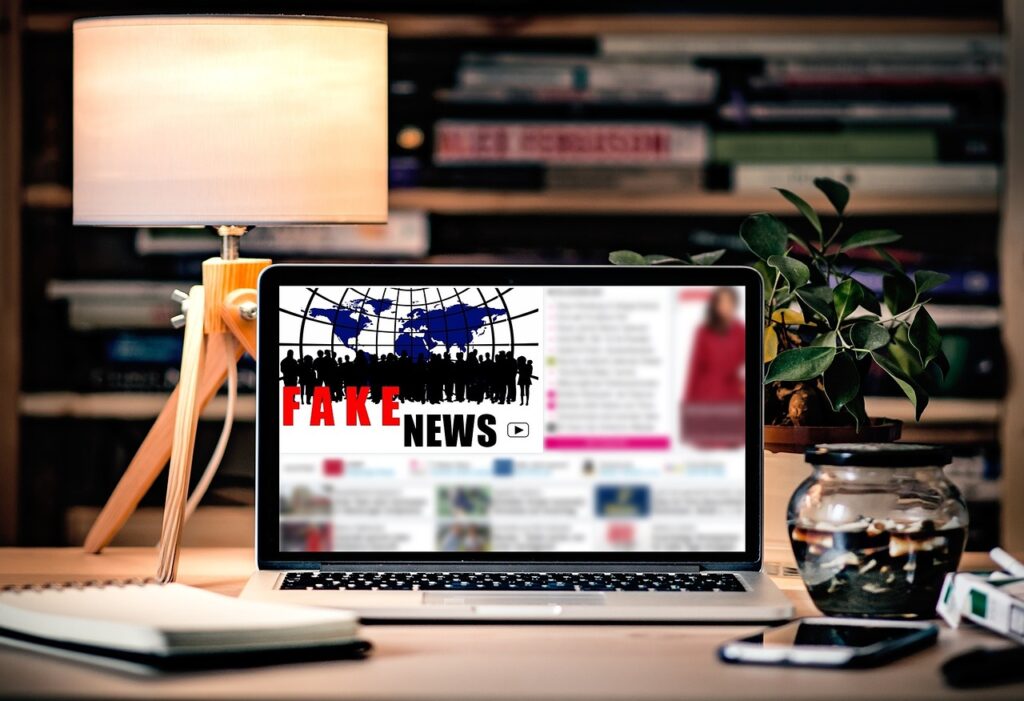
A new national survey conducted by Stanford researchers, suggests an urgent need for schools to integrate new tools and curricula into classrooms to boost high school students' digital skills, after they found a

A new national survey conducted by Stanford researchers, suggests an urgent need for schools to integrate new tools and curricula into classrooms to boost high school students' digital skills, after they found a